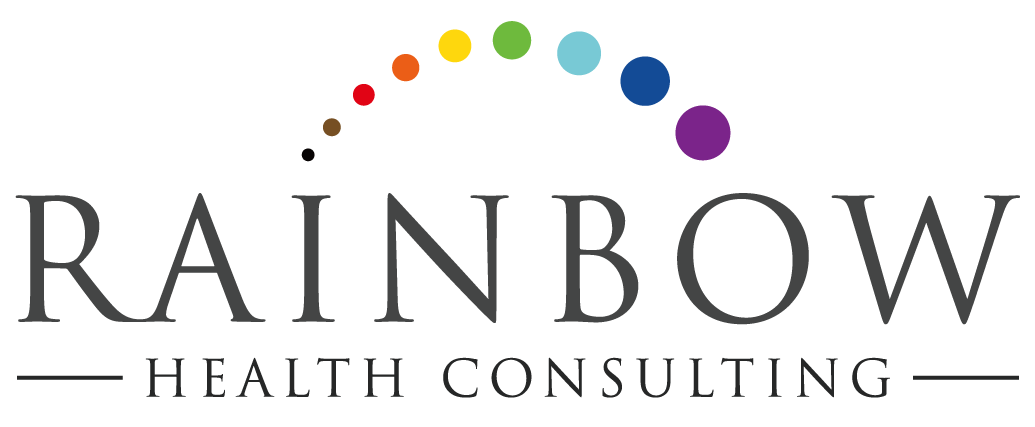Using Sexual Orientation and Gender Identity Data in Research and Health Care
The last time you went to a health care provider, whether it was for an ingrown toenail or a sexually transmitted infection, did the provider ask you questions about your sexuality or gender? Did she ask you about your partner(s)? Did she ask you about your relationship status? What about your gender expression or gender identity? Did she ask about high-risk sexual behaviors? Did she even ask you if you identified as LGBTQ or heterosexual? It is likely but unfortunate that the answer is probably no. We have left health care behind in many of the advances we have made towards greater understanding of diverse populations. Most intake forms for physicians do not even question the patient’s sexual orientation or gender expression.
As patients, we must question health care providers’ assumptions and if they do not ask these questions on their forms, we must bring them up. Fenway Health has a great resource to share with our clinicians. Electronic medical records (EMR), the wave of the present and future, should include more than just “male” and “female” as options, giving non-cisgender folks the ability to choose for themselves what identity suits them in the health care setting. EMR has the potential to be extremely useful for folks, especially those who have extensive medical histories that they do not wish to repeat multiple times to multiple providers, but EMR also has the potential to be damaging to us. For example, some transgender individuals may not want all health care providers to know their status and may want only to share that with their endocrinologist or specific providers.
In the research world, for far too long, we have not asked even the most basic questions about sexual orientation, gender identity, or preferred sexual partners. How hard would it be for EVERY research study (not just those pertaining mostly to LGBT folks) to ask about sexual/gender identity? As a result, we are lacking even the most basic demographic data on our communities. A research study should not have to have sexual orientation as its focus to include it along with categories such as race, ethnicity, nationality, age, and other demographic categories. When sexual orientation and gender identity are included as basic aspects of human behavior and health, the stigma will be decreased and data will be revealed. Until now (and still ongoing), researchers have had to use techniques to find LGBTQ research participants that specifically targeted them. If this demographic information is collected as part of larger national studies, think of the treasure trove of data we would have!
First, we must begin to include these basic questions in large-scale research studies in order to determine the true size of the LGBT community. This would need to include both LGBT singles and couples in order to be accurate and usable. Asking about sex assigned at birth, gender identity, and preferred sexual partners would assist to be sure to include our bisexual and transgender members as well. This basic information is just a start, but used across large-scale studies such as the Nurses Health Study, it will provide the underpinnings for a rich understanding of the diversity of identity of our community. That will provide us with a jumping-off point with which to meet the larger goals of equality in health care for all.

